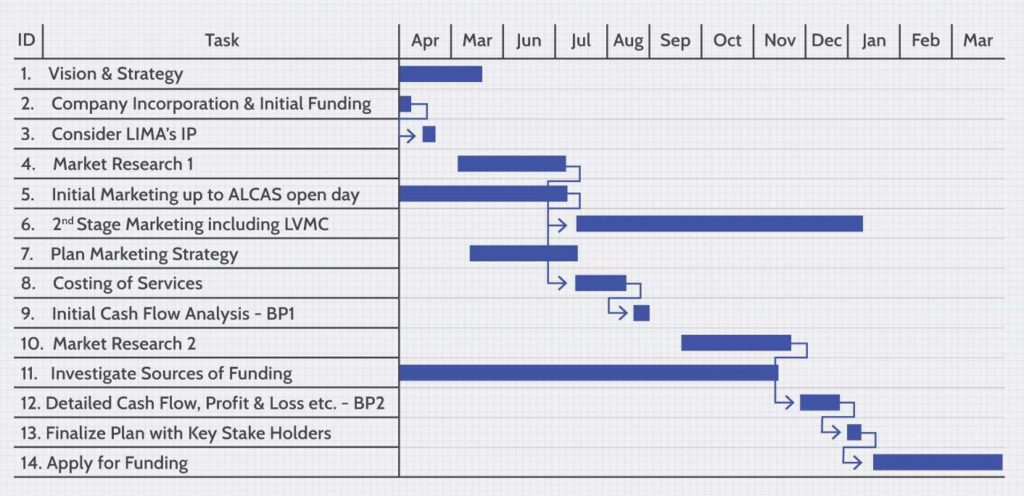Construction contracts are an important tool for civil engineers to secure the project and protect their interests. Knowing the priority of documents in construction contracts is key to responding quickly in the event of any disputes. This article highlights the importance of understanding the order of preference for documents in construction contracts to help civil engineers navigate the contractual process effectively.
One of the most important aspects of construction contracts is the priority of documents. This refers to the order in which different documents are to be consulted in the event of a dispute. The priority of documents is typically set out in the contract itself. However, if the contract is silent on the matter, the order of preference is generally as follows:
1. The contract
2. The drawings
3. The specifications
4. The conditions of contract
5. The tender documents
The priority of documents is important because it determines how disputes are to be resolved. In the event of a discrepancy between any of the documents, the document with the highest priority is to be given precedence. This is why civil engineers must understand the order of preference for documents in construction contracts.
When we consider all the documents in the contract the following order of the documents can be considered the priority of documents in construction contracts. However, the final order of the document shall be as given in the contract agreement.
1. The Contract Agreement (if any)
2. The Letter of Acceptance
3. The Memorandum of Understanding (if any)
4. The Form of Bid; Form of Design/Technical Proposal; Form of Price Proposal
5. The Contract Data
6. The Condition of Contracts
7. The Contractor’s Proposal
8. The Employer’s Requirements
9. The Schedules
10. any other document forming part of the Contract
If the engineer or contractor discovers any ambiguity or contradiction in the documentation, it must send the other party written notice immediately once, identifying the issue. The engineer must provide any necessary clarification or instructions regarding the inconsistency or ambiguity. Further, parties to the contract shall awareness of the priority of documents in construction contracts at the initial stage of the project.


